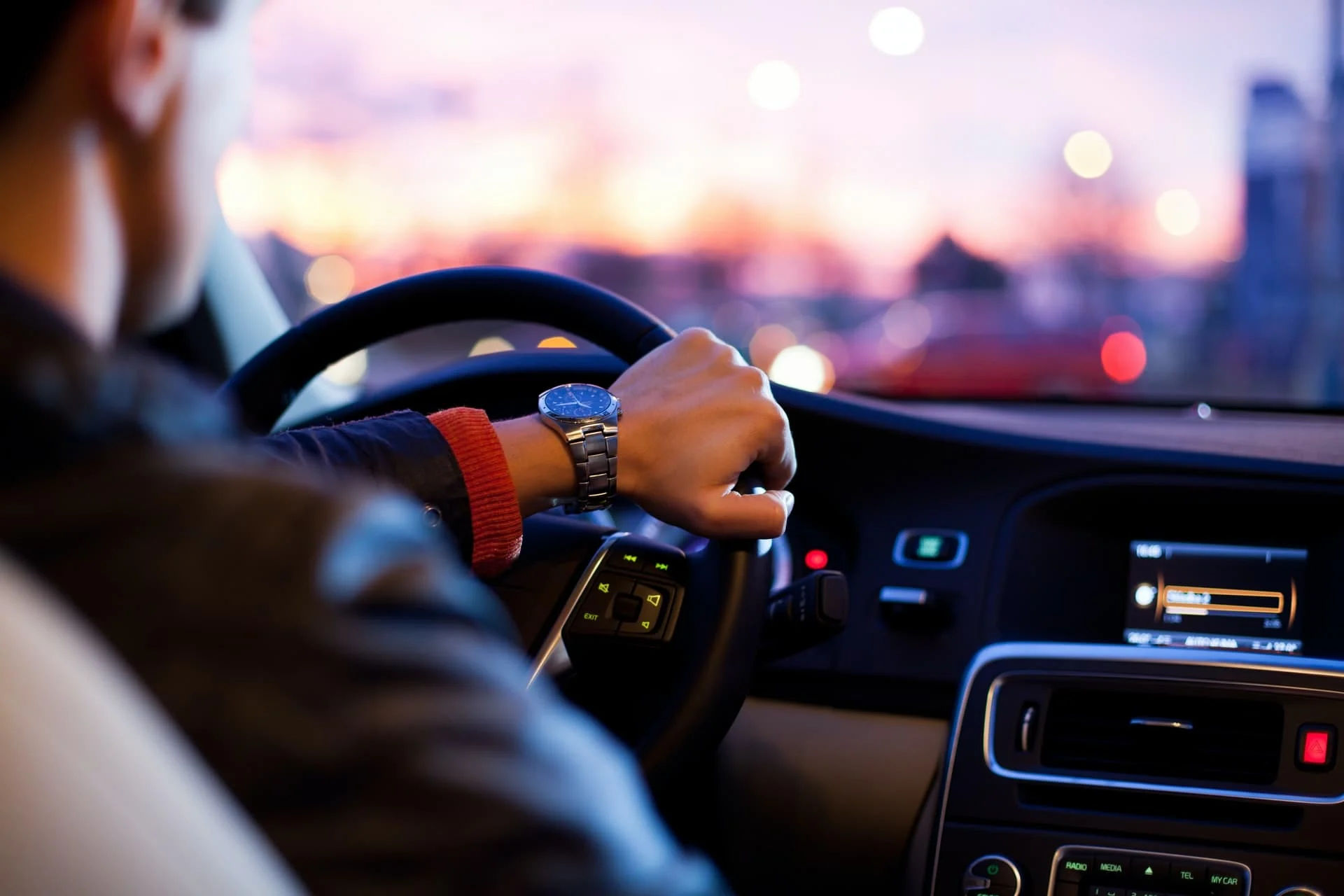
There's something magical about nighttime driving—the open road, the quiet hum of your engine, and the starlit sky. But with the magic comes a set of challenges, especially when it comes to safety. As your trusted road companion, I'm here to share insights that go beyond turning on your headlights. Let's dive into the role of mirrors and checking blind spots for a safe and serene nighttime drive.
What Role Does Proper Use of Mirrors Play in Nighttime Safety?
1. Adjusting Your Rearview Mirror: Your rearview mirror is like a magic portal to what's happening behind you. Before you start your nocturnal adventure, make sure to adjust your rearview mirror to minimize glare from headlights behind you. Tilt it until you have a clear view of the road, and remember, a well-adjusted mirror is your first line of defense against unexpected surprise.
2. Dimming Your Rearview Mirror: Most modern vehicles come equipped with a rearview mirror that can be dimmed to reduce the intensity of headlights from vehicles behind you. It's like having your own personal dimmer switch. If you see bright lights approaching from behind, a quick adjustment can make a world of difference in preserving your night vision.
3. Utilizing Side Mirrors Effectively: Side mirrors are your allies in preventing blind spots, especially during the night. Properly adjusted side mirrors can extend your field of vision and minimize the chance of missing vehicles approaching from the sides. Take a moment to ensure they are angled correctly before hitting the road.
Curious about mastering mirror techniques? Dive into our driving lessons for expert guidance on safe driving practices.
4. Checking Blind Spots: Ah, the notorious blind spots—the hidden corners where surprises can lurk. Before changing lanes or making a turn, make it a habit to check your blind spots. Even with perfectly adjusted mirrors, a quick glance over your shoulder can be a game-changer. It's a simple yet effective step in preventing potential collisions.
What Role Does Checking Blind Spots Play in Nighttime Safety?
1.Increased Visibility: Properly adjusted mirrors enhance your overall visibility on the road. They provide a comprehensive view of the surrounding traffic, reducing the chances of missing vehicles in your vicinity. This increased visibility is crucial, especially when navigating dimly lit or unlit roads.
2.Minimized Glare: Glare from headlights can be blinding, leading to a momentary loss of focus. By adjusting your mirrors to minimize glare, you ensure a clear line of sight, allowing you to maintain control of your vehicle and react promptly to changing road conditions.
3.Preventing Blind Spot Surprises: Blind spots are like hidden pockets on the road where surprises can lurk. Checking your blind spots before making maneuvers is a proactive measure to prevent unexpected encounters. It's a habit that becomes even more critical during nighttime driving when visibility is naturally reduced.
4.Enhanced Defensive Driving: The proper use of mirrors and checking blind spots is at the core of defensive driving. These practices empower you to anticipate and react to potential hazards, creating a safer driving environment not only for yourself but for other road users as well.
Interested in mastering defensive driving techniques? Explore our comprehensive Packages for a well-rounded driver education.
Conclusion:
As you gear up for your next nighttime journey, remember that the key to safe driving goes beyond turning on your headlights. The proper use of mirrors and checking blind spots is your secret weapon against the challenges of nighttime driving. Make it a habit, and soon it will become second nature.
Education is the key to confident and safe driving. Explore our driving lessons and Packages for valuable insights into mastering the art of safe driving, day or night. Now, adjust those mirrors, check those blind spots, and enjoy the magic of the open road at night. Safe travels, my friend!